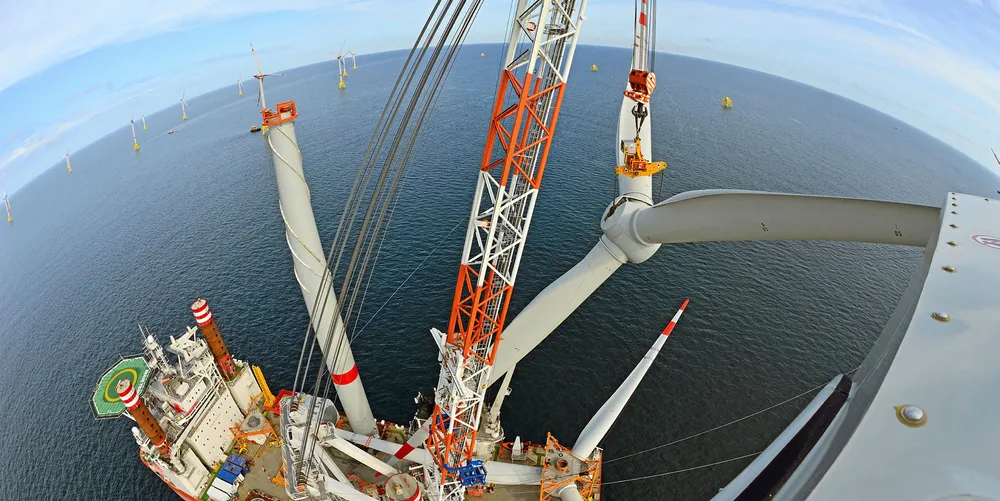Offshore wind to explode into '$1 trillion' global market by 2040
IEA sees fast-emerging power source expanding 15-fold to 340GW worldwide fleet inside 20 years

IEA sees fast-emerging power source expanding 15-fold to 340GW worldwide fleet inside 20 years
